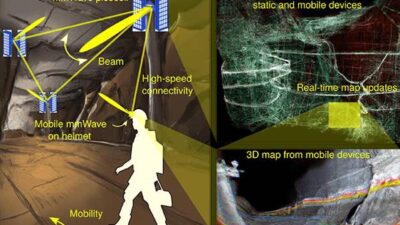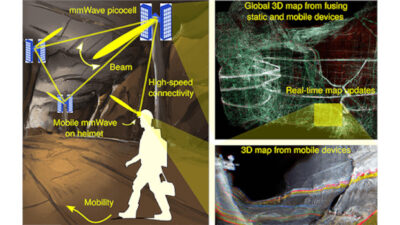The machine vision market's growth is being driven by 3D cameras, which will grow by 13% over the next five years. Learn why.

Machine vision insights
- The global machine vision market is expected to experience a robust growth of 6.4% with particular strength in the 3D camera segment, projecting a substantial 13% compound annual growth rate (CAGR) through 2028.
- Stereo-vision and time-of-flight 3D cameras, despite being cheaper options, are forecasted to grow considerably with a projected CAGR of 19% and 17.3%, respectively, driven by price declines, increased competition, and expanding applications in autonomous driving and bin picking.
3D cameras are forecast to drive the global machine vision market over the next five years, fueled by strong growth within mobile robots and robotic picking. The predicted compound annual growth (CAGR) for 3D cameras of 13% out to 2028 is anticipated to be much higher than the single digit CAGR of 6.4% anticipated for the global machine vision market as a whole. Revenue for 3D machine vision cameras is expected to grow from $767 million in 2022 to almost $1.6 billion in 2028, with particularly strong growth projected for time-of-flight and stereo-vision cameras.
At Interact Analysis, we have just published the first edition of our report on the global machine vision market, which generated revenue of $6.26 billion in 2023, down -2.8% from 2022. Despite this slight contraction, we predict a steady growth rate of 6.4% over the forecast period, with modest growth of 1.4% expected in 2024.
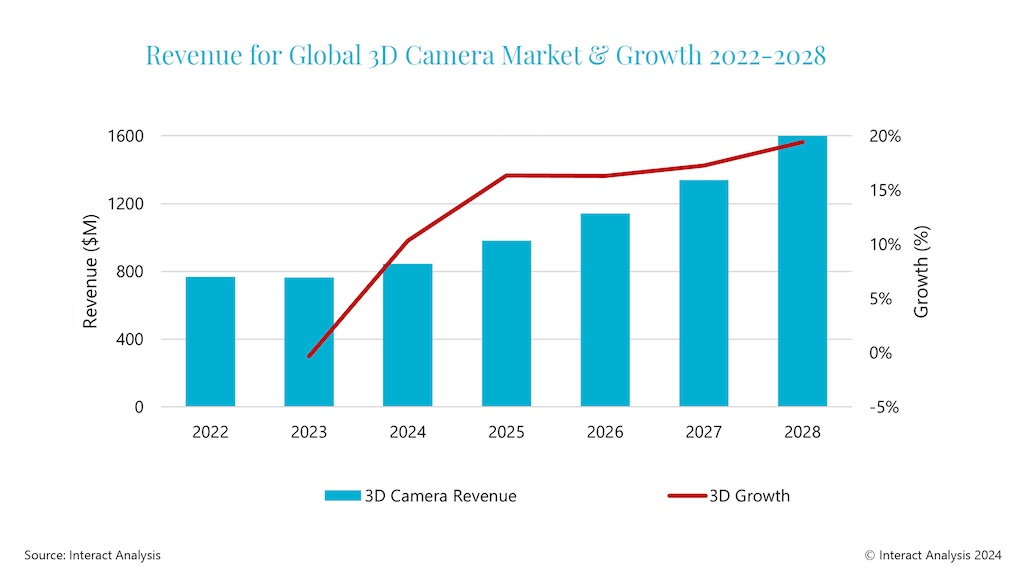
Four types of 3D machine vision cameras
3D cameras can be divided into 4 product types, each of which has key features and advantages for different applications.
-
Structured light 3D cameras involve projecting a known pattern or sequence of light onto a surface and analyzing the deformation or distortion of this pattern when it interacts with an object. The camera observes how the structured light is deformed and from this information it can calculate the depth and shape of objects in the scene. These cameras are most typically used when precise measurements and image acquisition are required, and are currently are being deployed in bin picking applications. Structured light 3D cameras are often more expensive than other 3D camera types.
-
Stereo-vision cameras are imaging devices equipped with two cameras that perceive depth through binocular disparity. These cameras capture a pair of slightly offset images of the same scene. The disparity between corresponding points in the images is then used to calculate depth information for objects in the scene. These cameras are most typically used in robotics and are particularly useful for autonomous driving, which provides significant growth potential.
-
Time-of-flight 3D cameras are imaging devices that determine the distance to objects in a scene by measuring the time it takes for light to travel from the camera to the object and back. These cameras are most typically used when high speed, but lower quality, image acquisition is needed. Time-of-flight 3D cameras are also a cheaper option for mobile robots, enabling them to avoid obstacles and navigate around other robots.
-
Laser triangulation 3D cameras employ the principle of laser triangulation to measure distances and create three-dimensional representations of objects or scenes. These cameras employ lasers to project a laser line or pattern onto the target surface, and a camera observes the deformation or displacement of this line/pattern as it interacts with the object. The information captured is then processed to determine the depth or three-dimensional structure of the object. These cameras offer high accuracy and resolution, and so are more typically used for quality inspection, although they also can also be used to guide mobile robots.
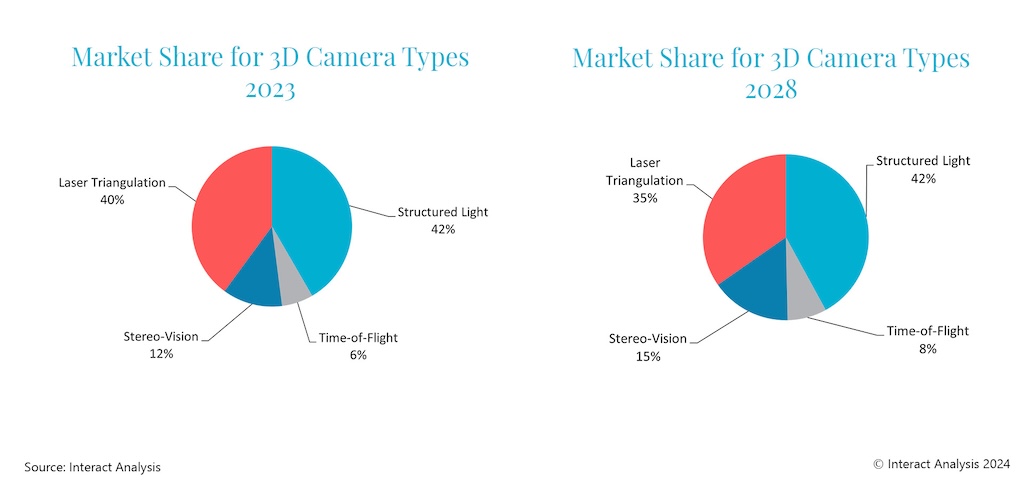
The graphs above show expected changes to market share for each product type within the 3D camera market. What is particularly interesting is the projected growth for both stereo-vision cameras and time-of-flight cameras. Although they have respectively gained just 3% and 2% market share, this is considerable as both camera systems are far cheaper than the other two product types. We predict a CAGR of 19% for stereo-vision cameras and a CAGR of 17.3% for time-of-flight cameras over the forecast period, which is far stronger than the overall growth forecast for the 3D machine vision camera market.
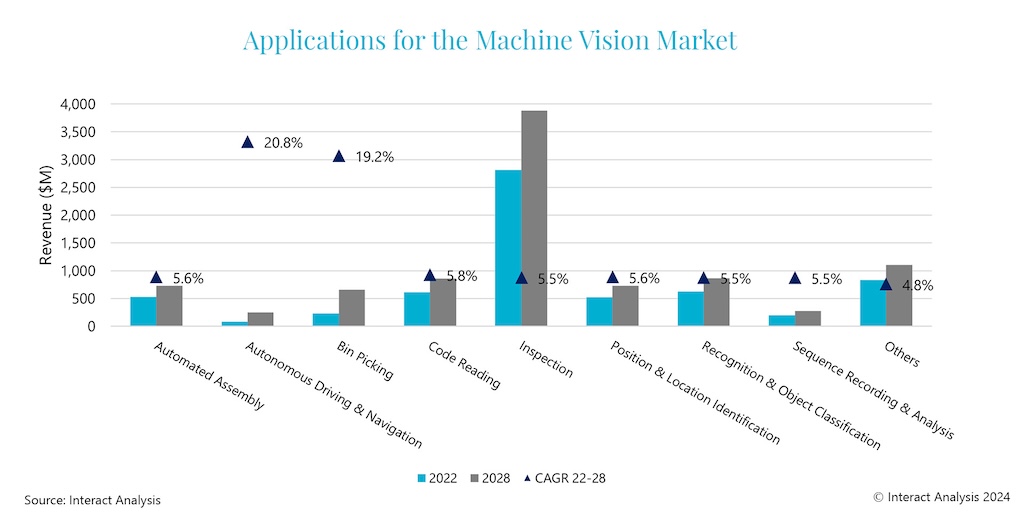
Why the market for 3D machine vision cameras is growing so fast
Key factors generating such high growth for 3D cameras, particularly over the longer term, include anticipated price declines for all 3D camera types. This enables customers to upgrade their systems to include 3D cameras and replace slower, less accurate 2D systems. Strong growth is forecast in particular for robots, with a single 3D camera capable of carrying out the same tasks as several 2D cameras, resulting in robots becoming faster and more compact.
Furthermore, the market for 3D cameras continues to grow, with many new vendors entering the market each year. This allows for price competition and drives prices down, allowing more customers to adopt 3D vision systems. Pricing is especially aggressive in China where vendors are selling products at a cheaper price to gain market share from well-established western companies, and this is driving growth in the longer term.
Market growth is particularly high in applications such as autonomous driving and bin picking. These two machine vision applications have the largest CAGR in our forecast and both applications really benefit from the implementation of 3D cameras. Autonomous driving, especially for mobile robots, is an extremely large growth area, where vendors are now integrating one (or more) 3D cameras to guide the robot. We provide in-depth information on mobile robots (where the market grew by 33% in 2022) and you can find out more by clicking here. We also provide in-depth insight into the robotic picking market, which we also anticipate will grow significantly over the coming years.
Bin picking, including palletizing and de-palletizing, is also a major growth area for 3D machine vision cameras. Substantial year-on-year growth in sales of picking robots is helping to drive rapid expansion of the 3D camera market.
– Interact Analysis is a CFE Media and Technology content partner.

